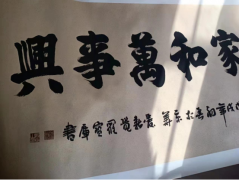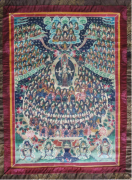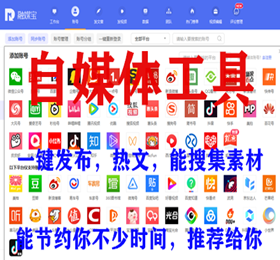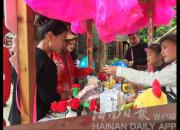邱希高《竹》
邱希高,笔名小山,1936年生,山东省掖县(现莱州市)人。毕业于西北师范大学中文专科(现西北师范大学)。现任中国书法美术家协会理事、甘肃省美术家协会会员、甘肃省书法家协会会员、甘肃书画研究院副院长、国家二级美术师。
Qiu Xigao, pen name Xiaoshan, born in 1936, is a native of Yixian County (now Laizhou City), Shandong Province.He graduated from the Chinese Specialization Course of Northwest Normal University (now Northwest Normal University).He is currently a director of the Chinese Calligraphy and Artists Association, a member of the Gansu Artists Association, a member of the Gansu Calligraphers Association, vice president of the Gansu Painting and Calligraphy Research Institute, and a national second-class artist.
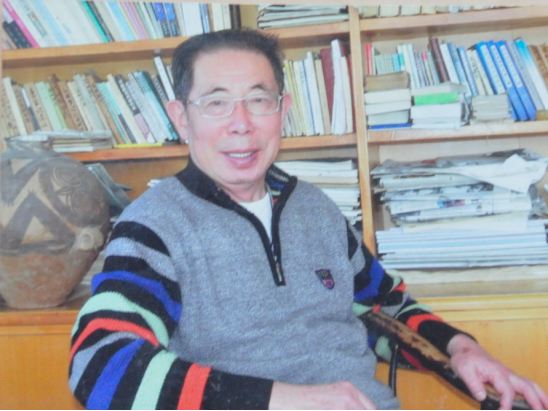
邱希高1936年出生在山东莱州,当时正是日本侵略时期,他饱受战争的苦难。新中国成立后,他读书、工作工作之余,非常喜欢书画,于20世纪60年代收藏了一批古代名人字画,其中还有多幅名人竹画,如苏庭煜、梅振瀛、煮石山人等的竹画,对他学习书画影响很大。他也因此走上了画竹的道路,一画就是四十多年,他的竹传统功力深厚,作品有生气,显大气,具有很强的时代气息和特点,在国内画界被誉为“邱竹子”。
Qiu Xigao was born in Laizhou, Shandong Province in 1936, during the period of Japanese invasion, and he suffered a lot from the war.After the founding of New China, he was very fond of calligraphy and painting after studying and working, and in the 1960s he collected a number of ancient celebrities' paintings and calligraphy, among which there were also a number of celebrities' bamboo paintings, such as those of Su Tingyu, Mei Zhenying, which had a great influence on his study of calligraphy and painting.As a result, he embarked on the path of bamboo painting, and has been painting for more than forty years. His bamboo traditional skills are profound, and his works have vitality and atmosphere, with a strong flavor and characteristics of the times, and he is known as "Qiu Bamboo" in the domestic painting circles.
作品赏析:
Work Appreciation:
邱希高1936年出生在山东莱州,当时正是日本侵略时期,他饱受战争的苦难。新中国成立后,他读书、工作工作之余,非常喜欢书画,于20世纪60年代收藏了一批古代名人字画,其中还有多幅名人竹画,如苏庭煜、梅振瀛、煮石山人等的竹画,对他学习书画影响很大。他也因此走上了画竹的道路,一画就是四十多年,他的竹传统功力深厚,作品有生气,显大气,具有很强的时代气息和特点,在国内画界被誉为“邱竹子”。
Qiu Xigao was born in Laizhou, Shandong Province in 1936, during the period of Japanese invasion, and he suffered a lot from the war.After the founding of New China, he was very fond of calligraphy and painting after studying and working, and in the 1960s he collected a number of ancient celebrities' paintings and calligraphy, among which there were also a number of celebrities' bamboo paintings, such as those of Su Tingyu, Mei Zhenying, which had a great influence on his study of calligraphy and painting.As a result, he embarked on the path of bamboo painting, and has been painting for more than forty years. His bamboo traditional skills are profound, and his works have vitality and atmosphere, with a strong flavor and characteristics of the times, and he is known as "Qiu Bamboo" in the domestic painting circles.
作品赏析:
Work Appreciation:

竹,生来自然美。自古以来,竹因其正直、虚心、有节的品格和精神而被人民尊为君子,受到文人雅士的推崇和喜爱。东晋王徽之曾感喟:“岂可一日无此君?”苏轼亦有诗云:“宁可食无肉,不可居无竹。”可见竹在古人心目中的地位,几乎到了无以复加的境地。
Bamboo, born of natural beauty.Since ancient times, bamboo because of its integrity, modesty, temperance character and spirit and the people respected as a gentleman, by the literati and elegant scholar's respect and love.Wang Hui Zhi of the Eastern Jin Dynasty once sighed: "Can't there be no such gentleman for a day?"Su Shi also has a poem: "would rather eat meat, not live without bamboo."It can be seen that the status of bamboo in the minds of the ancients, almost to the point of no return.
今天,邱希高虽已届耄耋之年,但画竹的初心仍在。他说:要在这个最美好的时代,坚持把竹子画下去,努力让“新竹高于旧竹枝”,继续让竹子的正直、虚心、有节和积极向上的正能量在神州大地传播、弘扬。
Today, although Qiu Xigao has reached the age of eighty or ninety, but the original heart of bamboo painting is still there.He said: in this most beautiful era, we should insist on painting bamboo, and strive to make the "new bamboo higher than the old bamboo branches", and continue to let the bamboo's integrity, modesty, temperance and positive energy spread and carry forward in the land of China.





